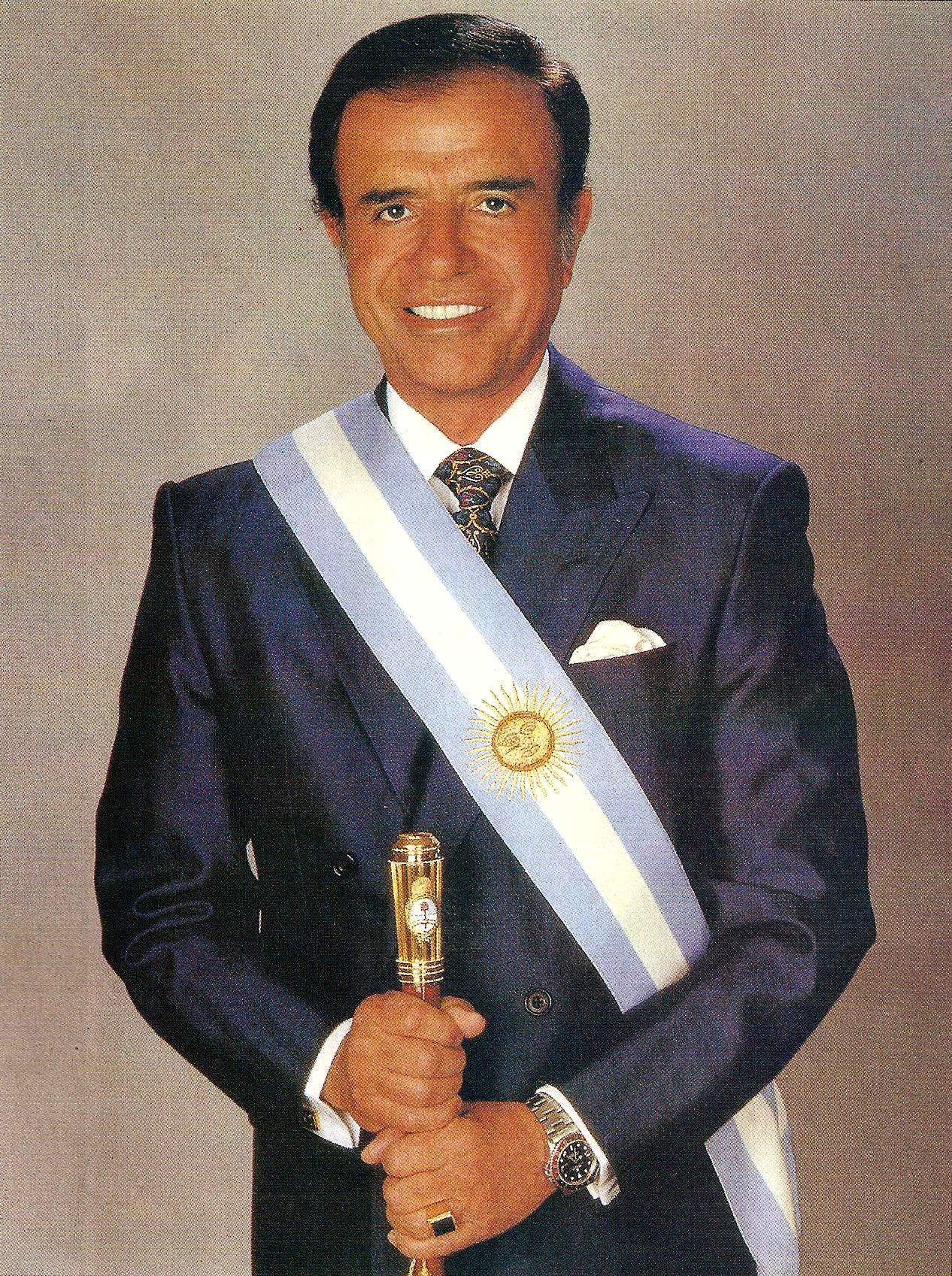Argentina Slideshow
Menem and the Economy (1989-2009)
After a period of high inflation and unemployment Menem was nominated by the Peronist party and won the March 24 elections of 1989. He faced a 150% monthly inflation rate and $4 billion of debt, yet he still managed to start economic recovery. In order to accomplish this, Menem abandoned Peronism for a neoliberal economic philosophy. In 1991 he appointed Domingo Cavallo as minister of economy. They started privatization and
Cavallo’s Convertibility plan which put the Argentine peso equal to the United States dollar. The increase of money and confidence cut national debt in half by 1994 and brought inflation down to 4% a year. In 1991 the Southern Cone Common Market created free trade between many South American countries. This also helped the Argentine economy by creating new markets for its many exports. However, these policies also contributed to layoff from businesses previously owned by the government. The government often forcefully suppressed worker demonstrations protesting the layoffs.
In 1994, congress amended the constitution to allow presidents to serve for two terms. In the May 1995 election Menem won with 50% of the vote. However, Menem’s success could not last forever. Around the same time he was re-elected the economy began to slow, unemployment levels rose, and production decreased. People blamed the economic decline on the Convertibility plan and the abolishment of export taxes. The government responded to the criticism by removing the safety net programs. The working class was infuriated and the situation continued to worsen. After Menem left his presidency, there was an economic collapse from 2000-2002.
Menem was also accused of corruption and embezzlement by the new government. He spent two years in Chile before he returned to Argentina, and in 2009 he still faced charges. Although Menem’s presidency originally helped Argentina, eventually it hurt it more than it had helped.
Subscribe to:
Post Comments (Atom)


No comments:
Post a Comment